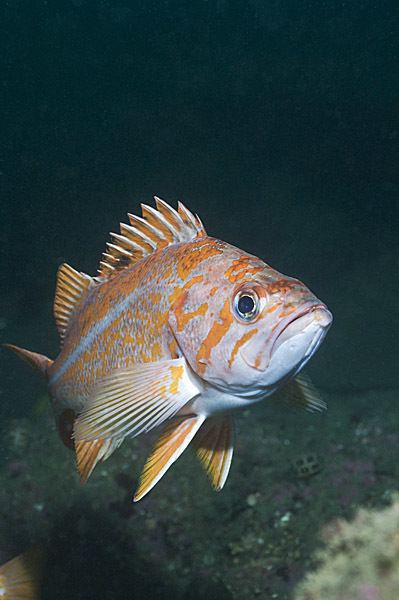Order Scorpaeniformes Higher classification Rockfish | Phylum Chordata Family Sebastidae Scientific name Sebastes pinniger Rank Species | |
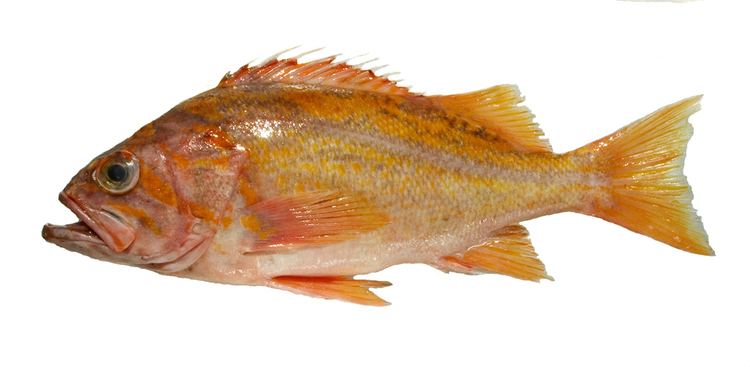 | ||
Similar Rockfish, Bocaccio rockfish, Yelloweye rockfish, Yellowtail rockfish, China rockfish | ||
The canary rockfish (Sebastes pinniger) is a rockfish of the northeast Pacific Ocean, found from south of Shelikof Strait in the eastern Gulf of Alaska to Punta Colnett in northern Baja California.
Contents
- Canary rockfish released on a shelton fish descender
- Species description
- Ecology
- Conservation status
- References

Canary rockfish released on a shelton fish descender
Species description

As the name suggests, this rockfish is notable for a general orange-yellow appearance, consisting of a blotchy orange pattern over a whitish or light gray background. The head has three stripes angling downwards and back, the middle one generally running across the eye, and the other two on each side of the eye. The Lateral line is in a clear area. The fins are orange, with the pectoral, pelvic, and anal fins somewhat pointed and larger (thus the species epithet pinniger, meaning "I bear a large fin"). Some individuals have dark blotches on the body or dorsal fin. Maximum recorded length if 76 cm (29.6 in).
Ecology
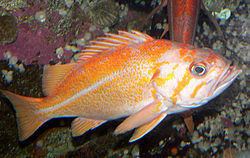
Young canaries live in relatively shallow water, moving to deeper water as they mature. Adults are mostly found at depths of 80–200 meters (with two recorded at 838 meters), tending to collect in groups around pinnacles and similar high-relief rock formations, especially where the current is strong. Some off Oregon have been reported living over flat rock and mud-boulder bottoms. They may move considerable distances; one individual covered 700 km in four years after being tagged and released. Juveniles feed on small crustacea such as krill larvae (and eggs), copepods and amphipods, while adults eat krill and small fishes.
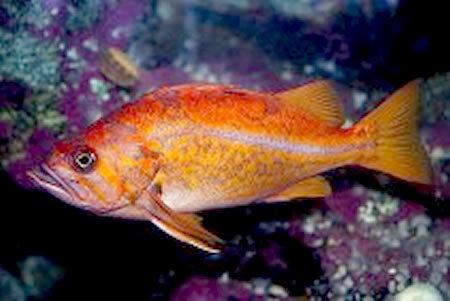
They have been an important commercial species since at least the early 1880s, with fisheries off San Francisco, California and Washington state. They are caught in trawling and hook and line operations, along with a variety of other fish such as yellowtail, lingcod, and other rockfishes. The numbers have been declining in recent years, and canaries are classified as overfished.
Conservation status
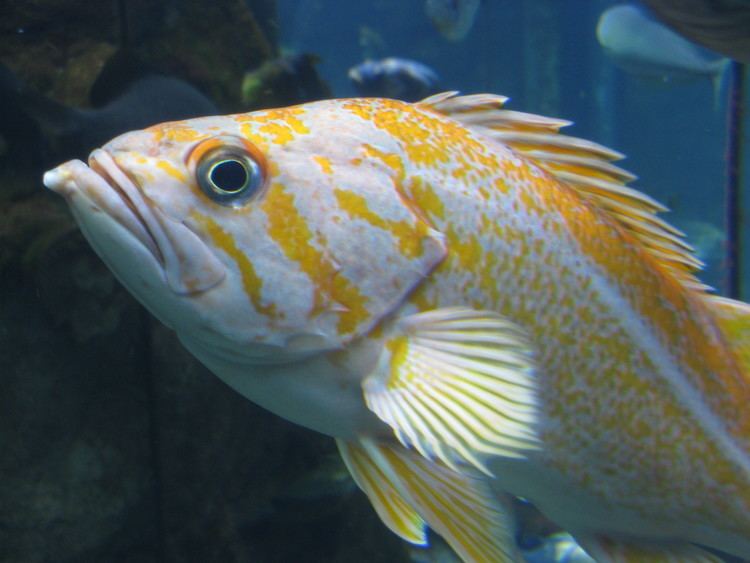
On October 29, 2007, the National Marine Fisheries Service (NMFS) received a petition from Sam Wright of Olympia, Washington to list a distinct population segment (DPS) of canary rockfish, and four other rockfishes, in Puget Sound, as an endangered or threatened species under the Endangered Species Act). (ESA). NMFS found that this petition presented enough information to warrant conducting a status review of the species. Based on the status review NMFS proposed listing this species as threatened on April 23, 2009. A final listing decision is due within a year.
